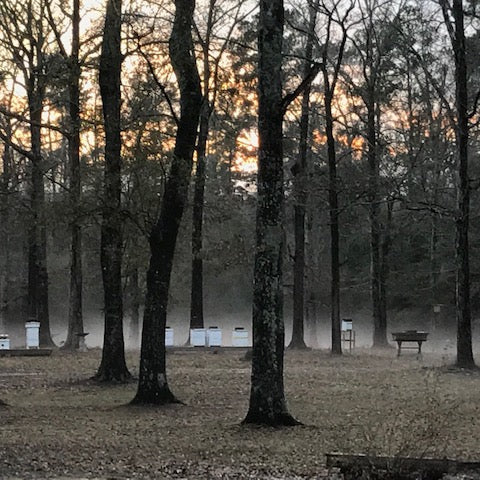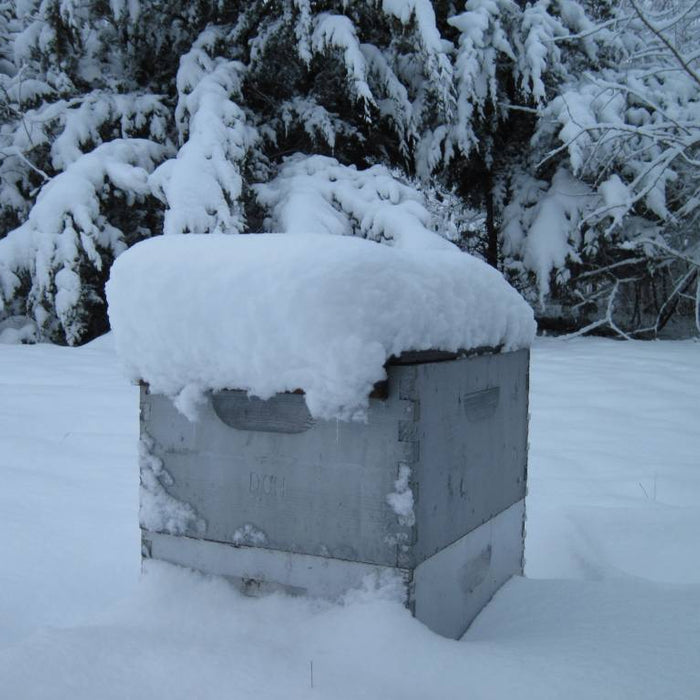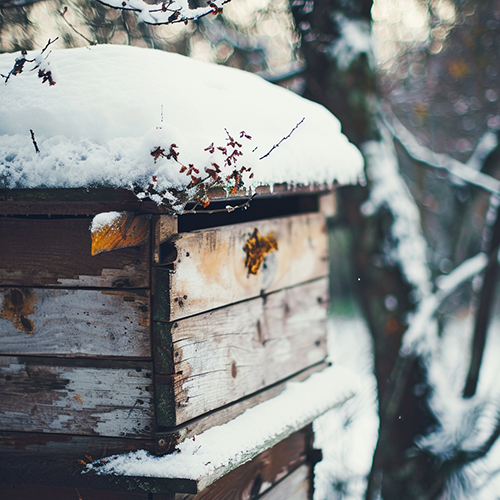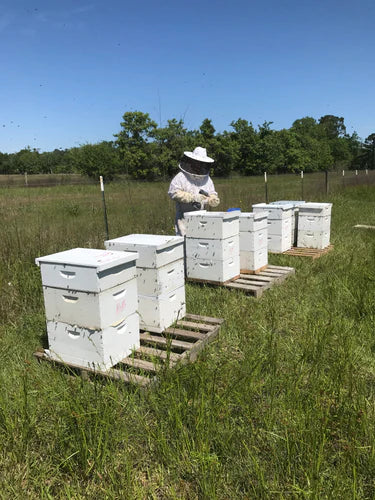
Beekeepers Blog
RSSSearch Our 100s of Articles, Videos, & Posts!
-
 Winter Hive Preparations You have to be kidding me—winter? I haven’t even come to terms with summer yet!Read now
Winter Hive Preparations You have to be kidding me—winter? I haven’t even come to terms with summer yet!Read now -

5 Essential Winter Tests to Gauge Bee Health
Discover the top 5 winter tests to assess the health of your bees and ensure their well-being during the colder months.Read now -

Cold Weather Chores
It may be cold outside, preventing us from spending time with our bees, but one thing is for sure, we still have chores to do.Read now -

The Great Drone Dump!
Read nowBY - JAMES ELAM It’s fall! You’ve been looking forward to this time of year, unless you’re a drone honey bee. As beekeepers, we soon will be witness to “The Great Drone Dump” to occur at the entrance of our...
-

Temperature Dynamics of the Winter Cluster
Read nowAs winter temperatures drop, honey bees form a tight winter cluster to stay warm. By shivering their flight muscles, they generate enough heat to keep the colony’s core near 90°F—protecting the queen and conserving energy until spring. This remarkable adaptation allows honey bees to survive even the harshest winters.
-

Indoor Overwintering
Read nowBy Blake Shook For commercial beekeepers, overwintering indoors has become increasingly popular over the past 5 years. While a method for small scale beekeepers to do the same hasn't been developed yet, I'm sure it's only a matter of time...






